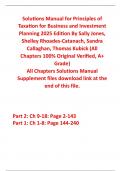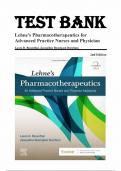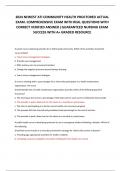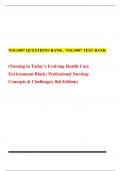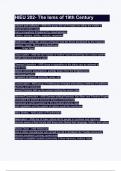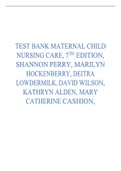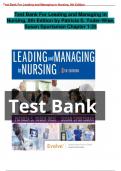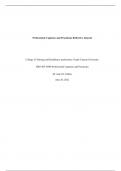Exam (elaborations)
Solutions Manual For Principles of Taxation for Business and Investment Planning 2025 Edition By Sally Jones, Shelley Rhoades-Catanach, Sandra Callaghan, Thomas Kubick (All Chapters, 100% Original Verified, A+ Grade)
- Course
- Institution
This Is The Original 2025 Edition Of The Solution Manual From The Original Author All Other Files In The Market Are Fake/Old Editions. Other Sellers Have Changed The Old Edition Number To The New But The Solution Manual Is An Old Edition. Solutions Manual For Principles of Taxation for Business...
[Show more]
